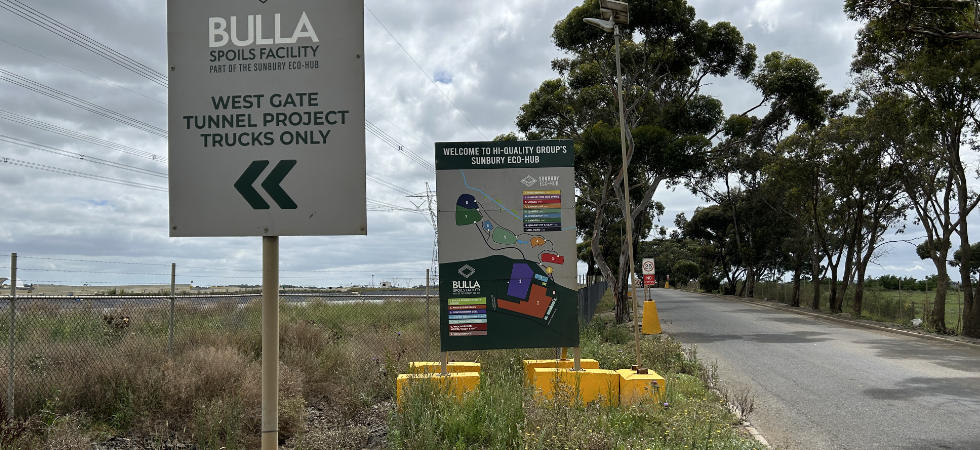More details of the proposed waste-to-energy plant on the edge of Sunbury have been revealed by waste management firm Hi-Quality.
The company operates a landfill at Sunbury Rd, Bulla, and wants to expand its operation at the 256 hectare site over the next six years.
It proposes to build a rubbish incinerator requiring 180,000 litres of water a day and featuring a 50m tall chimney. In addition, it wants to expand its quarry, build a hazard waste treatment facility, and a mud washing operation.
During the first of three one-hour webinars hosted by the company on Tuesday 6 February, more than 20 viewers heard about the firm’s plans, and were able to submit written questions for company staff to answer. However, the session ended with many questions not being addressed – causing some attendees to express their frustration.
Lance Ingrams, Hi-Quality’s national integration & strategy executive, said the proposed waste-to-energy plant would burn non-hazardous waste to spin a steam-powered turbine that would generate electricity. Residual waste (ash) would be used as a building material, such as used in roading.
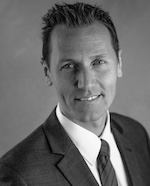
“Currently your red bin is picked up and the waste delivered here [Bulla Eco-Hub] for landfill,” said Ingrams. “What we are looking to do is develop a system whereby the waste no longer goes to landfill.”
Addressing concerns over gases from the power plant’s chimney, Ingrams said: “When the gases go through the flue system, that’s when they would be captured to take out any of the nasties, and other elements produced from the combustion.”
He said “steam and vapour” would be emitted from the chimney.
The proposed plant would be located 700m from the edge of the firm’s site along Sunbury Rd, and the nearest residential house – at the moment – would be one kilometre away.
“Those buffers were worked out with the State government when the Sunbury South precinct structure plan was designed back in 2017,” said Ingrams. “And that allows us to continue operating…But also allows for the residential and township of Sunbury South to be developed at the same time.”
Bulla – quick facts:
- Waste-to-energy plant would be built by Hitachi Zozen Inova. It has built around 1,600 such facilities worldwide during the past 30 years
- Construction at Bulla would require hiring 600 people
- Day-to-day 24/7 operation would create jobs for 50 to 80 people
- Emissions stack would be 50m tall
- Power plant will require 180,000 litres of water a day
- Electricity output would be 29,000kwh
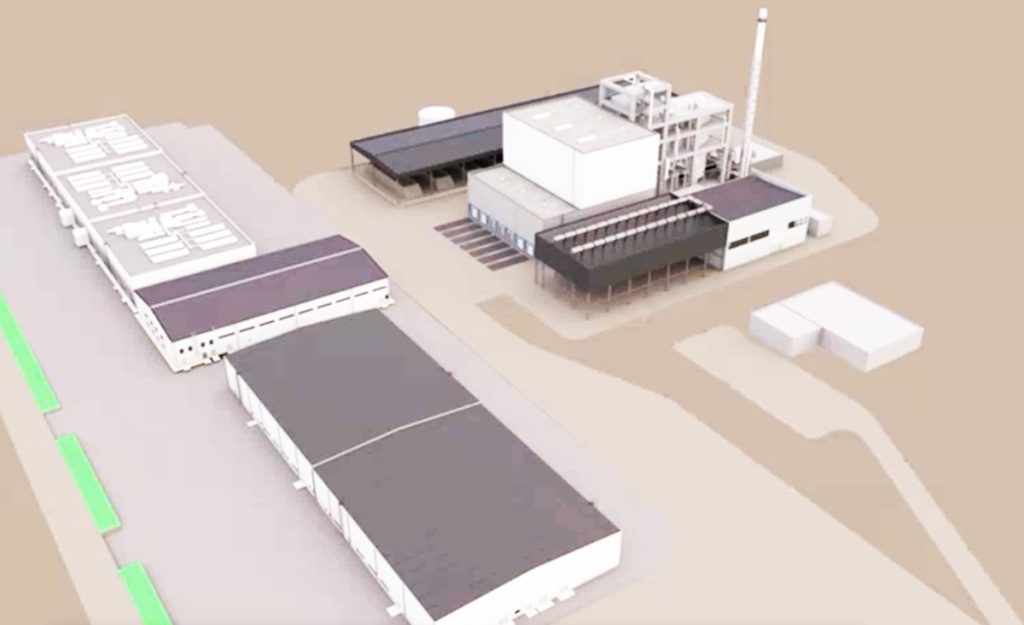
Ingrams pointed to a waste-to-energy plant being built in the Kwinana Industrial Area in Perth (East Rockingham) by Hitachi Zozen Inova – the firm slated to build the Bulla plant.
According to Hume City Council’s Waste and Recovery Strategy 2022-2023 report, in 2021 the council collected 9,264 tonnes of rubbish that ended up in a landfill. A figure well short of the proposed waste-to-energy plant’s capacity of 300,000 tonnes.
Geelong Sustainability has “deep concerns” about waste-to-energy technology and regulations.
“While we appreciate the efforts to manage waste responsibly and transition to a circular economy, we are fundamentally opposed to the implementation of waste-to-energy schemes for several reasons,” states the award-winning organisation’s chair David Spear in an letter to the State government posted 10 January 2024.
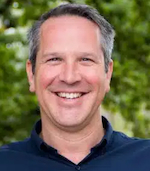
“Despite the intention to strike a balance between industry investment and waste management, we firmly believe that waste-to-energy is not the solution,” he said.
“Incineration, as the chosen method for waste-to-energy production, poses grave environmental and health risks, contradicting the government’s pursuit of sustainable practices.
“Waste-to-energy undermines the circular economy and resource conservation. Burning waste exacerbates pollution and depletes finite resources while destroying embedded energy.
“This approach directly stifles innovation, contradicts efforts to improve recycling, and entrenches a linear economy detrimental to our long-term sustainability goals.”
If all goes to plan, Hi-Quality expects to have its waste-to-energy plant fully operational in 2031, and predicts it will lead to an extra 800 truck movements in and out of the site every day.
A spokesperson for the firm says its traffic assessment found that the site’s intersection has the capacity to “comfortably accommodate the proposed activities”.
“Modelling for proposed energy, recycling, and resource recovery activities considers approximately 800 additional truck movements to and from the site per day by 2030,” said the spokesperson.
“Hi-Quality is proposing to add a separate left turn lane at the site entrance to further prevent any traffic flow issues at the site entrance. Hi-Quality also expects that all trucks would be fully covered for safe transport to and from the site as a further safety and environmental control.”
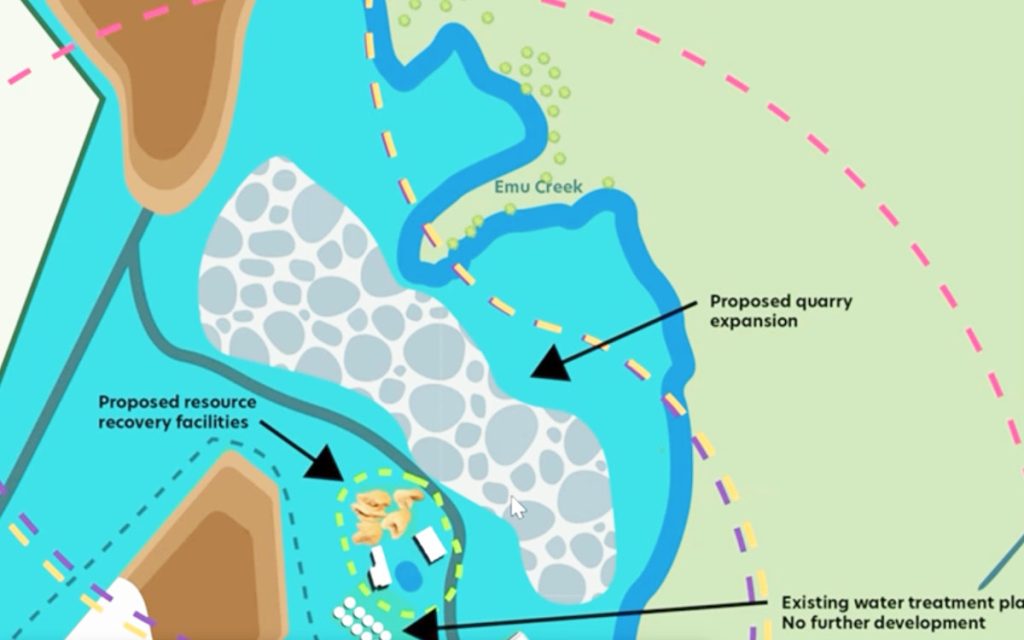
Site expansion
Also on the agenda as part of the firm’s plan for Bulla is to expand its resources recovery area.
“We are proposing to construct and operate a plant that would separate, treat, and recover about 150,000 tonnes of mud, clay and rock – drilling mud,” said Ingrams.
Drilling mud, also called drilling fluid, is used when drilling a borehole into the earth.
“We will be looking to separate the water from the solids, and use some of the facilities we already have on site such as the water treatment plant,” said Ingrams. “And looking to stabilise the material so it can be used as a product back in the market, or use it for revitalisation on the site here, and as fill for the precinct structure plan for Sunbury South.”
In addition, Hi-Quality wants to add a soil washing facility to the site, a recycling facility with annual capacity of 500,000 tonnes, expand its quarry to the south-east (as well as to the north), and add a hazard waste treatment facility with a capacity of 300,000 tonnes a year.
With regard its quarry operation, Ingrams says that as the Victoria government’s infrastructure projects progresses “…we are running out of resources to support them”.
“Our quarry has a lifespan of another ten years, and we think there is an another 20% of rock we can excavate from here,” said Ingrams. “So we are looking to adopt a new process to capture that rock [basalt]. It will mean our pit will be a lot wider.”
Hi-Quality has further online presentations planned for 14 and 22 February. Click here for details and to register.
Sunbury MP Josh Bull was approached for comment but did not respond.
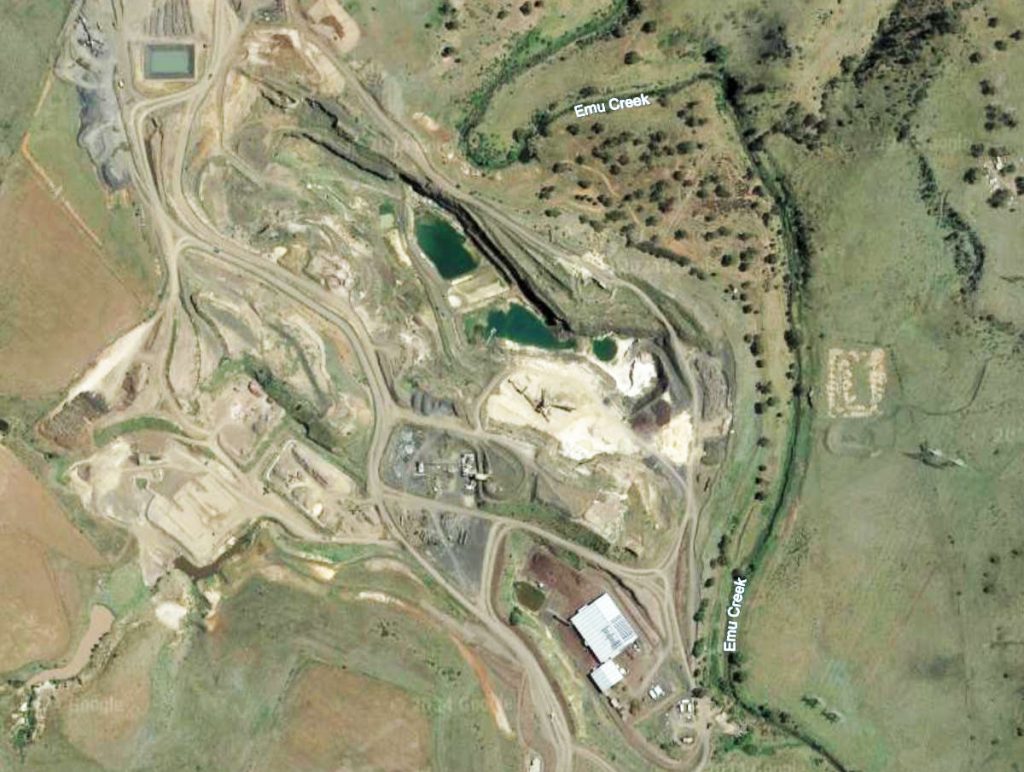
Among the questions posed by webinar viewers include:
- Is the East Rockingham waste facility also located with this same proximity to waterways and residential areas?
- Are dioxin and heavy metal exposure and contamination a risk?
- Will there be technical studies detailing the long term impacts on human health?
- Can you define what is a ‘significant’ setback distance from residents?
Further reading:
- Greater Geelong plant opposition
- The Victorian government has created two acts supporting the circular economy: The Circular Economy Act and the updated Environmental Protection Act
- Victorian government’s Regulatory Impact Statement
- Opposition to Prospect Hill International waste-to-energy incinerator proposal

